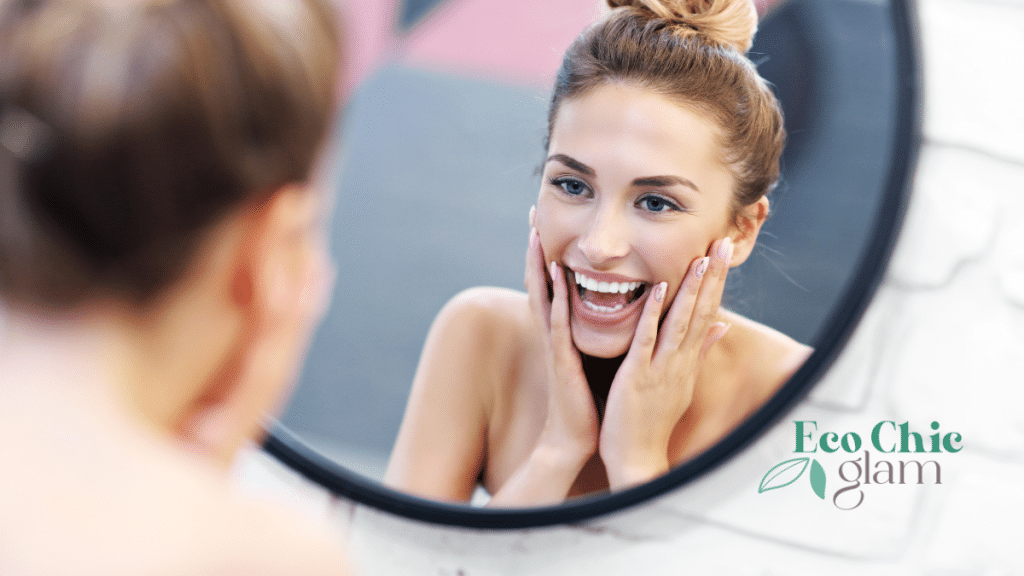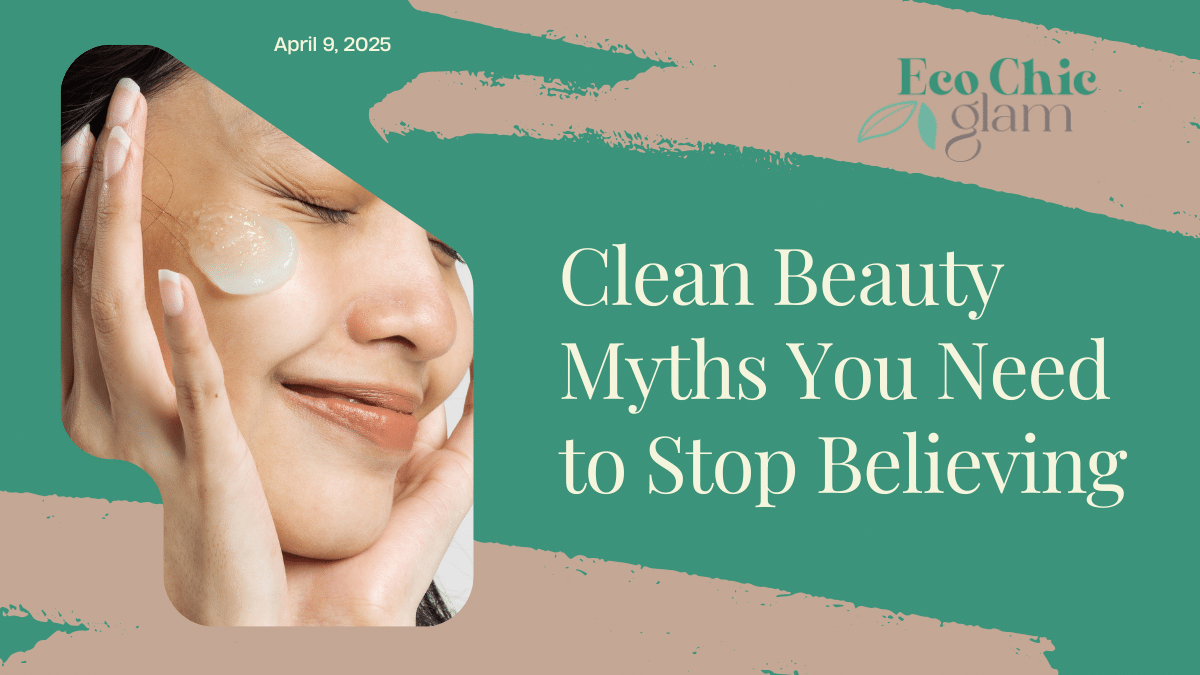“Clean beauty” is everywhere—but let’s be honest, so is the confusion.
With every brand claiming to be natural, toxin-free, or eco-chic, it’s getting harder to know what’s legit and what’s just…marketing.
Let’s clear things up. 💅
Here are the biggest clean beauty myths people still believe—and what you really need to know to make smarter, greener choices.

❌ Myth #1: “If It’s Natural, It’s Automatically Safe”
We love plants, but not all of them love us back.
Just because something is natural doesn’t mean it’s safe for your skin. Poison ivy is natural—are you putting that on your face?
💡 Truth: Some natural ingredients (like essential oils or citrus extracts) can cause irritation, allergies, or photosensitivity. Always patch test and do your research.
❌ Myth #2: “Clean Beauty Is Less Effective Than Conventional Products”
Not anymore.
Thanks to advances in green chemistry, clean beauty now rivals (and sometimes beats!) traditional skincare. Think bakuchiol instead of retinol, or plant-based peptides for anti-aging.
💡 Truth: Clean beauty has gone high-tech, combining nature with science-backed results. You don’t have to sacrifice performance to stay eco.
❌ Myth #3: “Clean Beauty Means 100% Organic or Vegan”
Nope—and here’s why that’s misleading.
The term “clean beauty” isn’t regulated. A product can be clean without being organic or vegan, and vice versa. It’s about avoiding harmful or questionable ingredients—not necessarily ticking every ethical box.
💡 Truth: Look beyond the buzzwords. Focus on ingredient lists and certifications, not just the label on the front.
❌ Myth #4: “If It’s Labeled ‘Fragrance-Free,’ It Has No Scent”
We wish.
“Fragrance-free” doesn’t always mean the product is scentless—it just means no added fragrance. Natural ingredients like rose water or tea tree oil still have their own aroma.
💡 Truth: If you have sensitive skin, look for products labeled “unscented” or with no essential oils.
❌ Myth #5: “Clean Beauty Is Only for Skincare”
Let’s expand the glow.
Makeup, haircare, deodorants—even nail polish—have clean beauty options now. From zero-waste mascaras to plant-based lipsticks, your entire routine can go green.
💡 Truth: Clean beauty isn’t just a trend—it’s a full-on lifestyle shift.
🙋♀️ FAQs
Q1: Is there an official definition for ‘clean beauty’?
Nope! That’s part of the problem. Brands create their own definitions. Look for transparency, minimal ingredient lists, and third-party certifications.
Q2: Are clean products more expensive?
Not always. Brands like E.L.F., Pacifica, and The Ordinary offer clean formulas at budget-friendly prices.
Q3: How do I avoid falling for greenwashing?
Always check the ingredient list. If the product claims “natural” but has parabens, sulfates, or synthetic fragrance—it’s probably just marketing.
🌿 Final Thoughts: Know Better, Glow Better
Clean beauty isn’t about perfection—it’s about making conscious choices that are better for you and the planet. But to make those choices, you need facts—not fluff.
✨ Follow us on social media for more real talk, green beauty swaps, and zero-waste skincare ideas
🌱 Visit EcoChicGlam.com for product guides, tutorials, and all things eco-luxe

